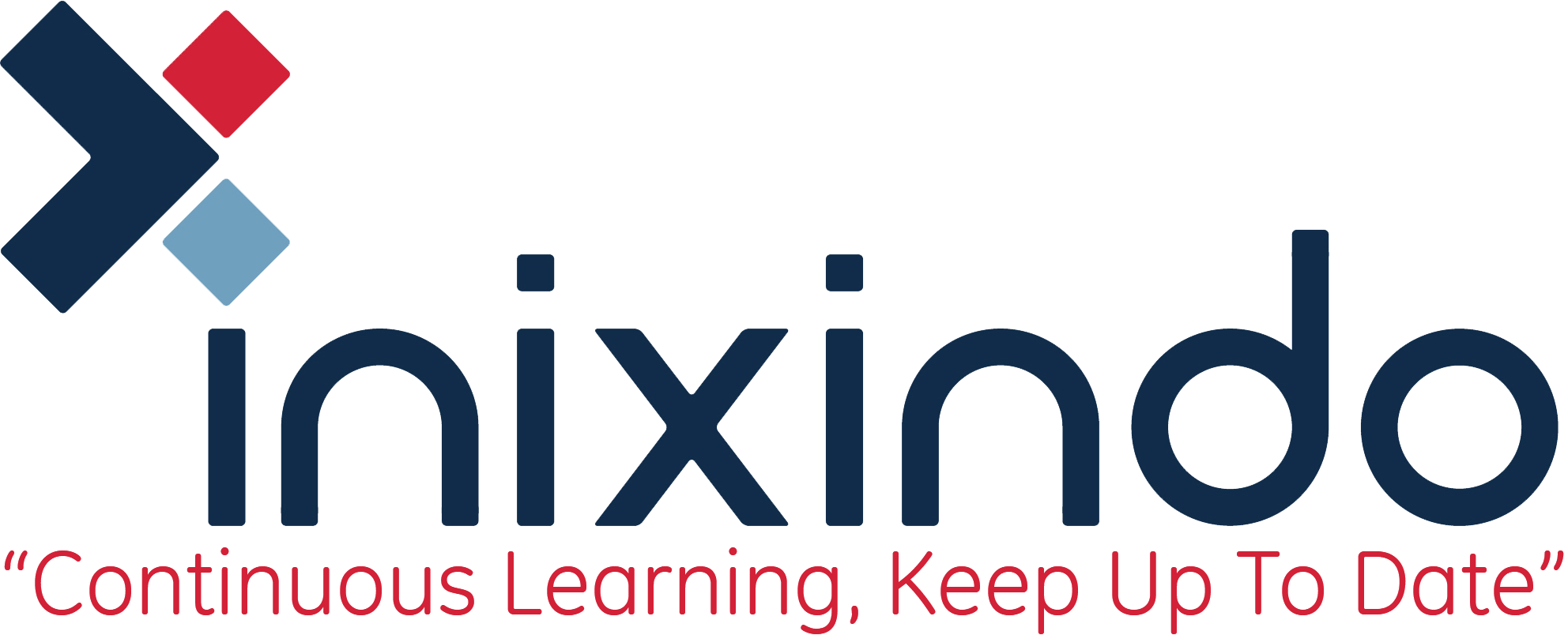Machine learning is eating the software world, and now deep learning is extending machine learning. Thoroughly updated using the latest Python open source libraries, this course offers the practical knowledge and techniques you need to create and contribute to machine learning and modern data analysis.
Duration: 4 Days
You should be familiar with the programming language Python. Basic of Python programming language is enough.
Introduction to Python and Jupyter for Data Science
• Python and the Anaconda Package Management System
• Different Types of Data Science Problems
• Loading the Case Study Data with Jupyter and Pandas
• Activity-1: Importing and Overviewing Data
Data Wrangling
• Data Exploration and Cleaning
• Dealing with Missing Values
• Data Formatting in Python
• Data Normalization in Python
• Turning Categorical into Quantitative variables
• Activity-2: Data Cleaning and Exploring Data
Machine Learning and Introduction to Scikit-Learn
• Introduction to Machine Learning
• Supervised and Unsupervised
• Python for Machine Learning
• Model Performance Metrics
• Activity 3: Performing Basic Machine Learning Algorithm using Python
Regression
• Introduction to Regression
• Plotting Regression
• Simple and Multiple Linear Regression
• Overfitting and Underfitting
• Polynomial Regression
• Activity 4: Implementing a Regression Model
Classification
• Introduction to Classification
• K-Nearest Neighbours
• Evaluation Metrics
• Logistic Regression
• Logistic vs Linear Regression
• Decision Trees
• Activity 5: Implementing a Classification Model
Clustering
• Introduction to Clustering
• K-Means Clustering
• DBSCAN and Hierarchical Clustering
• Activity 6: Implementing a Clustering Model

